Myocardial Ischemia Size
Myocardial Ischemia Market Growth Projections and Opportunities
The MYOCARDIAL ISCHEMIA market is significantly influenced by the high prevalence of cardiovascular diseases globally. As a leading cause of morbidity and mortality, myocardial ischemia, which involves insufficient blood flow to the heart muscle, creates a substantial market demand for diagnostic tools, treatments, and interventions. Ongoing technological developments in pre medical diagnostics – ECG, stress testing, and advanced imaging modalities like CMR and CT angiography – are integral to the changing market dynamics. With the positive effect resulting from better accuracy and efficiency of diagnostics of myocardial ischemia when using these technologies, it has also grown acceptability among health professionals. The myocardial ischemia risk linkage to modifiable risk factors such as hypertension, diabetes, and poor lifestyles is what informs the market. With growing awareness of how lifestyle influences cardiovascular health, preventive measures as well as early detection a d management of myocardial ischemia shape market dynamics. A lot of R&D studies that are continually done about the drug development also boost the MYOCARDIAL ISCHEMIA market. Into various aspects of ischemic heart disease pharma companies invest in targeted therapies provided by antiplatelet agents, beta-blockers, and vasodilators. Modalities of treatment, intervention procedures and procedures of revascularization are other market determinants. The aging world population is one of the big market determinants of MYOCARDIAL ISCHEMIA. As people become aged, the probability of getting cardiovascular diseases is also enhanced which has led to the growth in demand of diagnostic studies and treatment initiatives. Also, rising health care costs especially in developed world drive the market size. In emerging economies, with a better quality of healthcare systems, considerable scope exists for the market expansion where multinational companies can penetrate. The regions see development, and improved health services provision, increase of myocardial ischemia cases can be observed for the need for treatment need increases. The entry of companies into such markets poses distinct challenges and evokes various opportunities. The market is driven by the telemedicine and remote monitoring technology merged , thereby providing 24 hrs interaction on patients suffering from myocardial ischemia. Through remote monitoring, quick interventions are achieved thereby relieving the hospitals from the associated pressure. This trend accompanies the transforming landscape of myocardial ischemia care as companies adopting these advances. Patient education and awareness programs for the early recognition of symptoms and modification of lifestyle. Companies engaging in initiatives aimed at educating the patients about the risks of myocardial ischemia and the need for seeking timely medical attention participate in the dynamics and positive evolutes of the market. MYOCARDIAL ISCHEMIA market is strictly monitored by the legal bodies and following a strict obedience to the stringent approval processes is very essential for the market players. Being aware of the regulatory demands of diagnostic tests, drugs, and medical devices is very important to have a successful market entrance and further development. Reimbursement policies significantly impact the adoption of diagnostic tests and treatments for myocardial ischemia. Companies developing products that align with reimbursement policies are more likely to gain acceptance in the market. Understanding reimbursement dynamics is essential for market penetration and ensuring broader patient access to essential interventions.


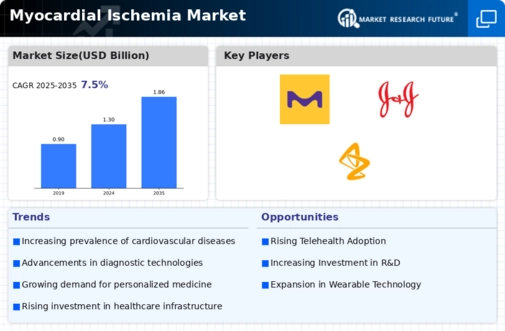

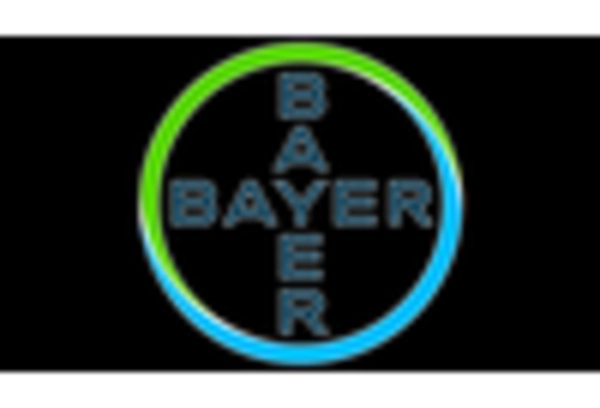
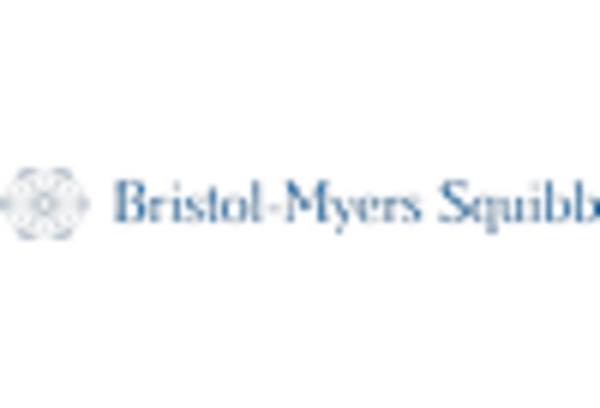

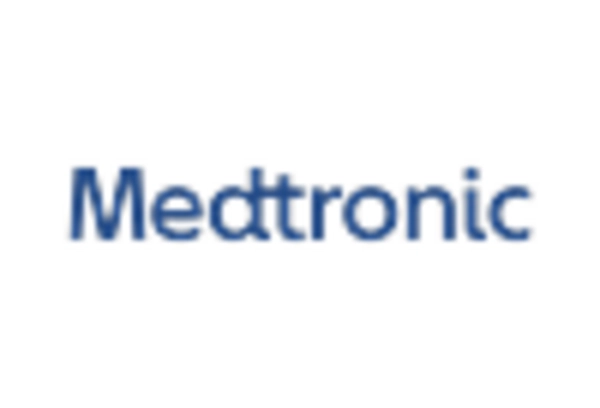
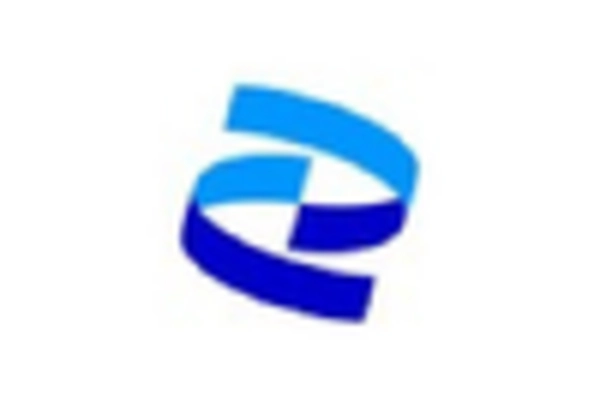









Leave a Comment